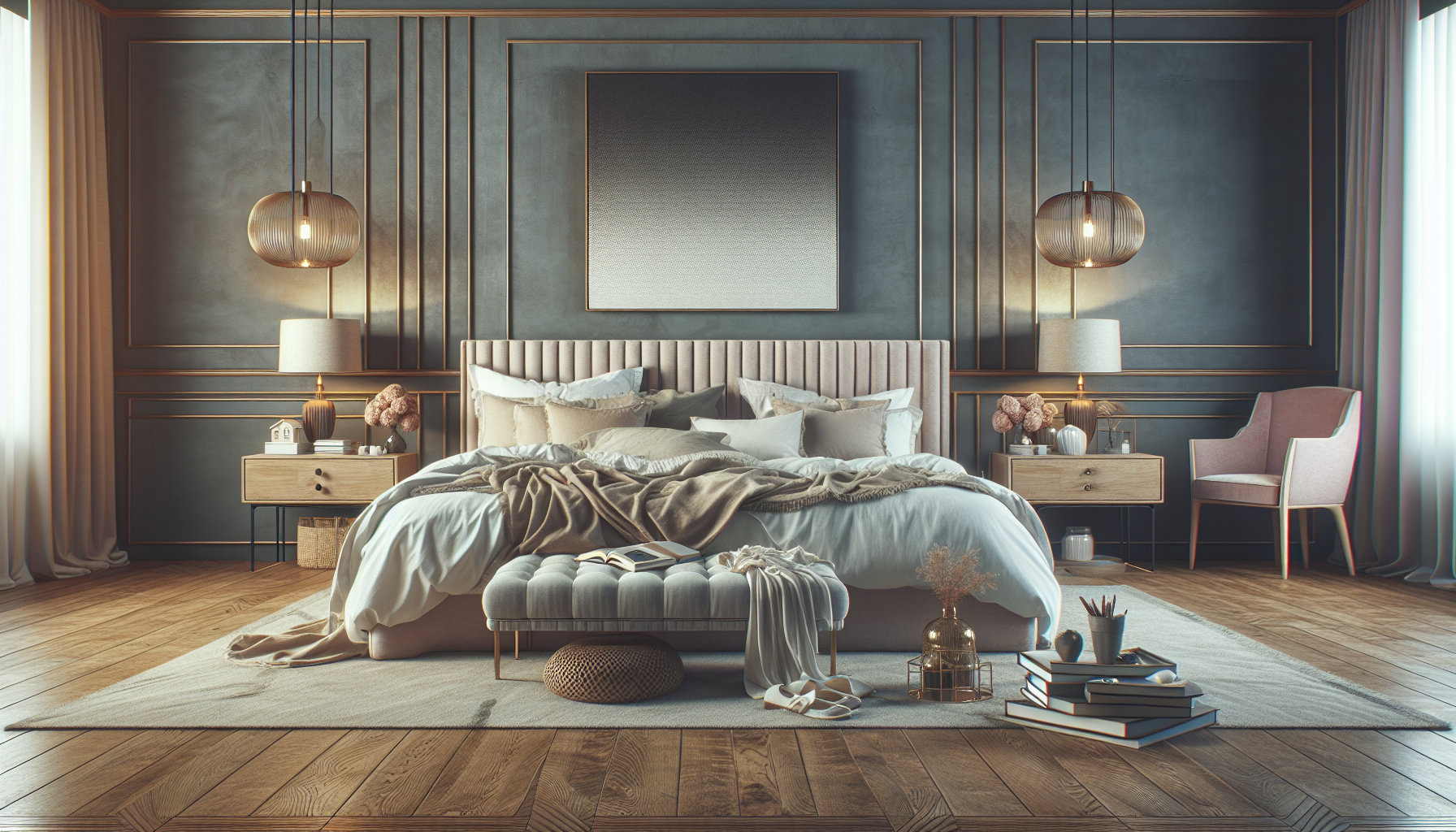In recent months, couples looking to transform their bedrooms are adopting a new trend that promotes emotional and mental well-being: the “zen bedroom”. This concept is based on creating a space that prioritizes calmness and serenity, ideal for rest and connection between the couple.
The design of a zen bedroom focuses on simplicity, eliminating the superfluous and prioritizing a palette of soft and neutral colors such as white, beige, and pastel tones, which encourage a relaxing environment. Lighting is a key element in this style; warm and adjustable lights are recommended, adaptable to different times of the day to maximize the feeling of tranquility.
Beyond aesthetics, this trend has a significant impact on sleep quality and on the relationship of couples. According to María López, an interior designer specializing in well-being spaces, “by creating an environment that promotes calmness and harmony, couples tend to communicate better and reduce daily stress.” This highlights the importance of a physical space that contributes to emotional well-being.
Decorative elements are equally relevant. Many couples include natural plants, which not only improve air quality but also allow a connection with nature, fostering a state of tranquility. The choice of soft and cozy textiles, such as blankets and cushions, invites relaxation. In addition, some are incorporating significant details such as photos and objects symbolizing special moments, further personalizing their space.
Technology has also found its place in zen bedrooms, with couples incorporating devices to monitor sleep quality and sound systems offering relaxing music or guided meditations. However, the key is to achieve a balance that does not disrupt the serenity of the environment.
Social media has played a crucial role in spreading this trend, with platforms like Instagram and Pinterest overflowing with inspiring images of zen bedrooms, motivating many couples to rethink their own spaces. This phenomenon has increased interest in biophilic decoration, which seeks to establish a deeper connection between people and nature, thus improving mental health.
In conclusion, the rise of the zen bedroom reflects a change in the perception that couples have of their most intimate space. Far from just being a place to rest, the bedroom has become a personal sanctuary that promotes emotional well-being and togetherness. As more couples adopt this philosophy, the trend is likely to continue growing, inspiring others to turn their homes into oases of peace and connection.
Referrer: MiMub in Spanish












